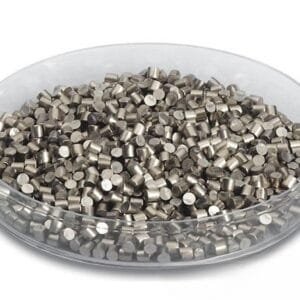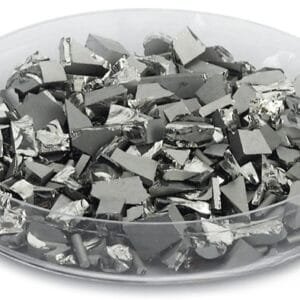Iron Nickel Evaporation Materials Overview
Thin-Film Mat Engineering (TFM) offers high-purity iron nickel evaporation materials, an alloy consisting of iron (Fe) and nickel (Ni). These materials are crucial for achieving high-quality films in various deposition processes. With purity levels up to 99.9995%, our iron nickel evaporation materials are produced with stringent quality assurance measures to ensure exceptional performance and reliability.
Applications of Iron Nickel Evaporation Materials
Iron nickel evaporation materials are used in a range of applications, including:
- Deposition Processes: Ideal for semiconductor deposition, chemical vapor deposition (CVD), and physical vapor deposition (PVD).
- Optics: Utilized in wear-resistant coatings, decorative finishes, and display technologies.
Packaging and Handling
We meticulously handle and package our iron nickel evaporation materials to prevent any damage during storage and transportation, ensuring the products remain in their original, high-quality condition.
Contact Us
At TFM, we are a leading manufacturer and supplier of high-purity iron nickel evaporation materials and a variety of other evaporation products. Our materials are available in powder and granule forms, with customized options upon request. For current pricing and details on additional deposition materials, please contact us directly.


 MSDS File
MSDS File



Reviews
There are no reviews yet.